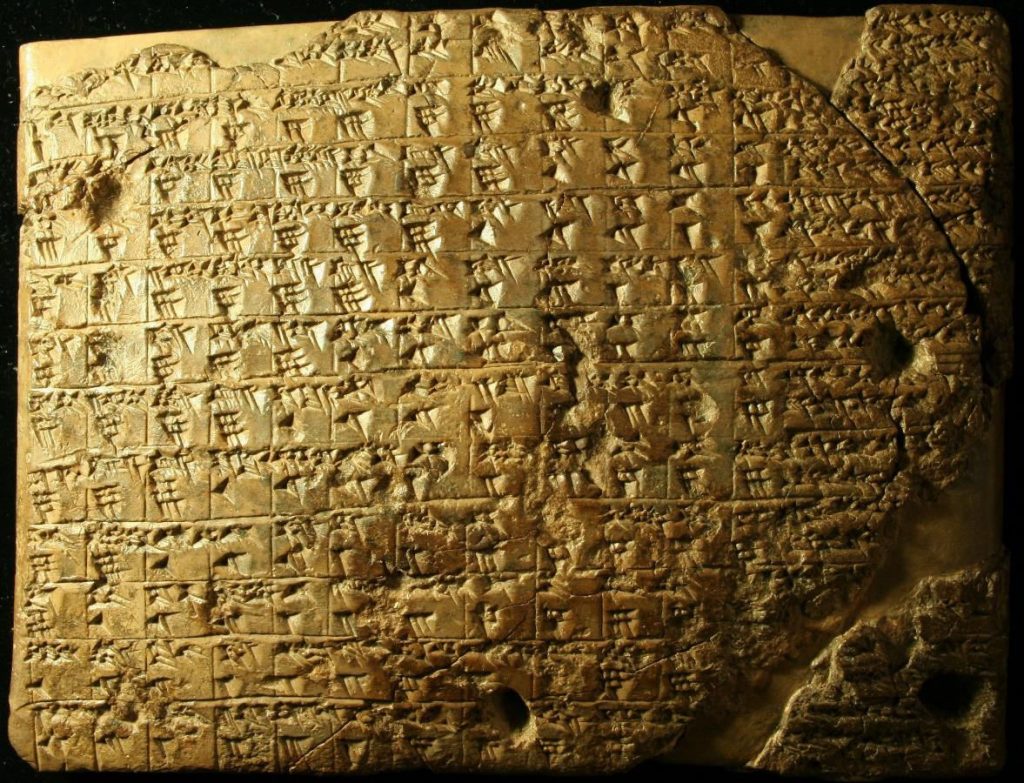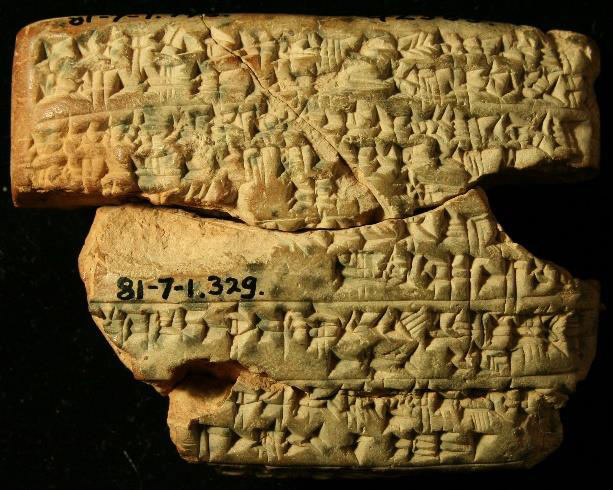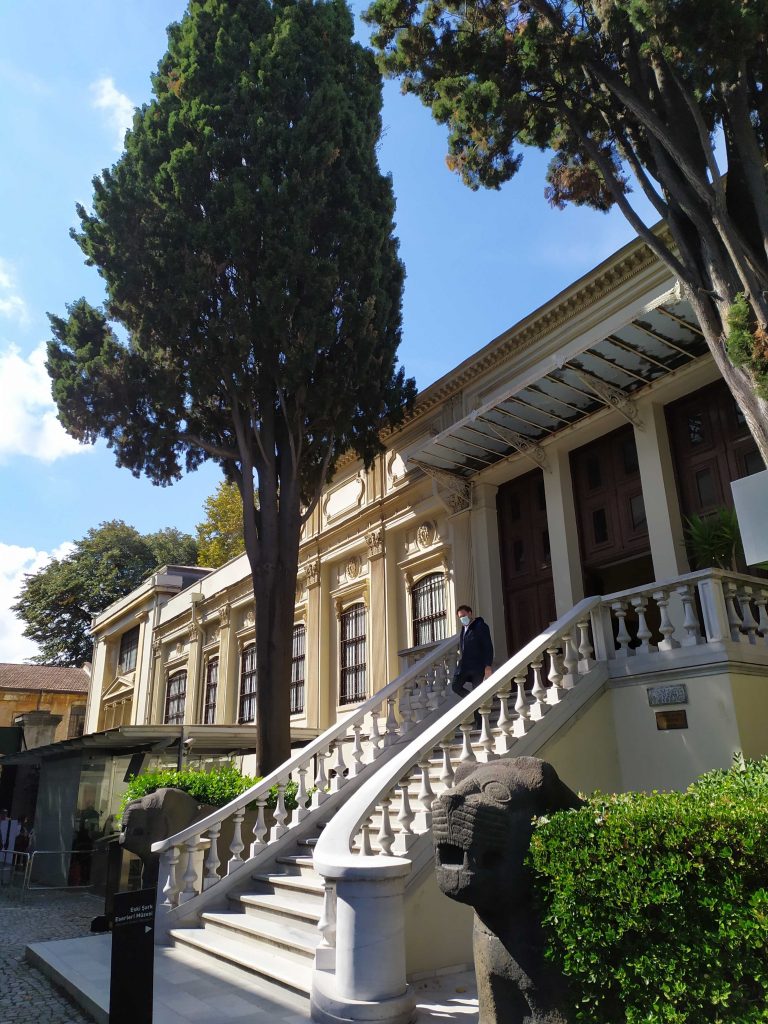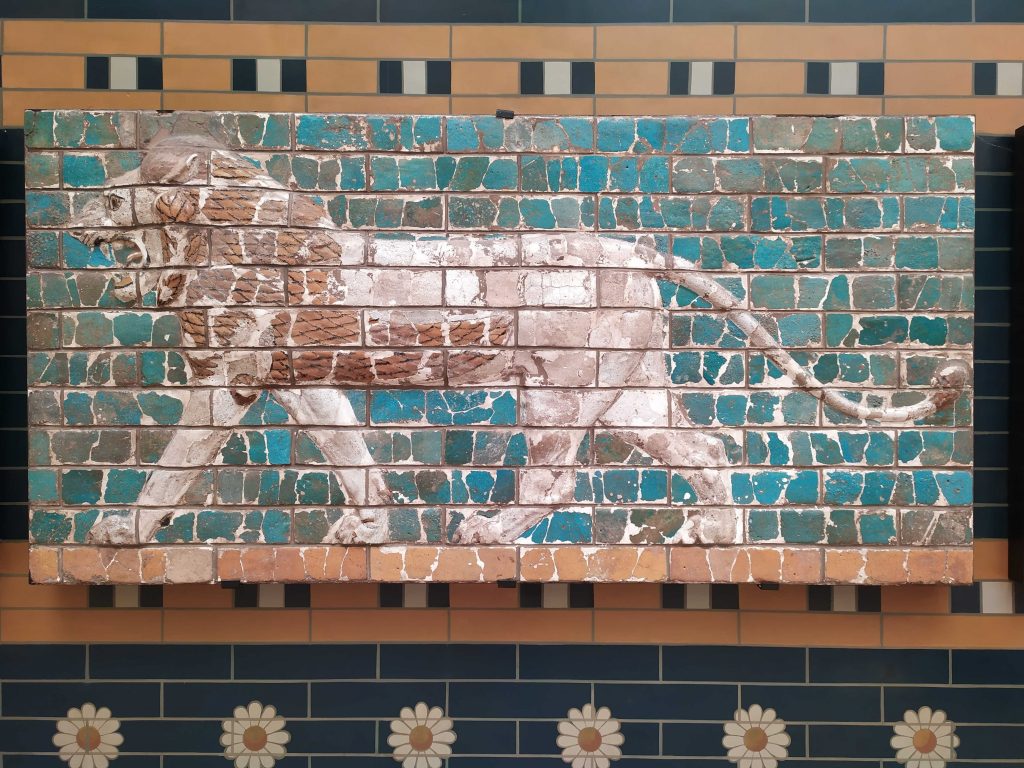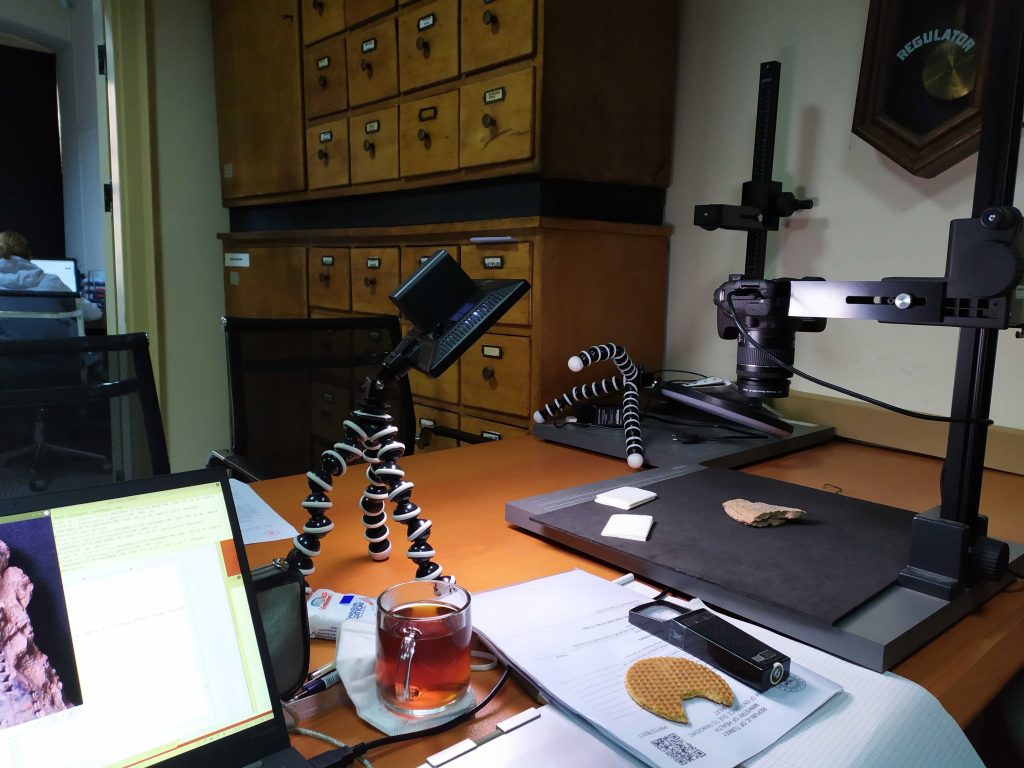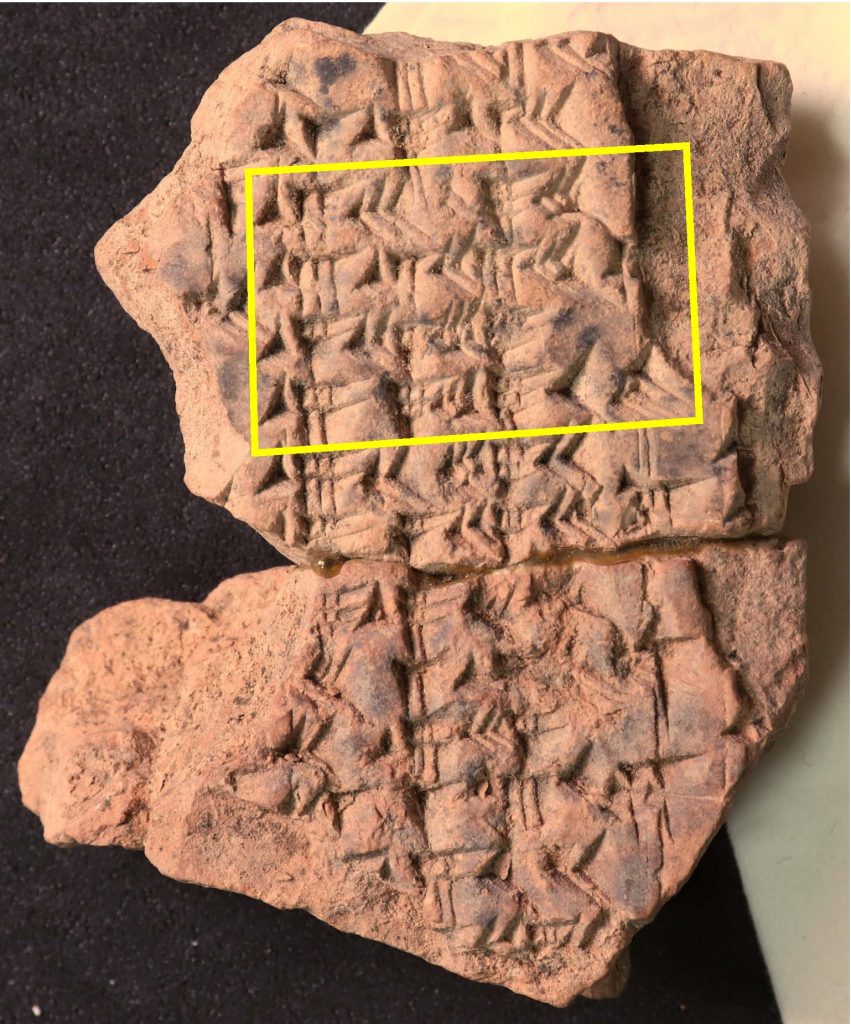10 March, by Xun Liu
Over the next few months, I would like to offer a series of brief reports on shamanism, including its role in everyday life and healing. As an introduction, I would like to give a short overview of shamanism and early shamanic research in this blog.
Shamanism, as we know it today, is concentrated in Northeast Asia, North and South America, and Northern Europe. Rooted in ancient tribal culture, the native beliefs in these areas cannot be described as a single particular religion, but the religious practices in theses region have an important commonality: shamanism. Especially in Siberia and Central Asia shamanism has been the dominant religious practice since ancient times.

Source: George Grantham Bain Collection, Library of Congress, Washington, D.C.
https://commons.wikimedia.org/wiki/File:Knud_Rasmussen_01.jpg
This image is available from the United States Library of Congress’s Prints and Photographs division
under the digital ID ggbain.02631.
Whether the French priest André Thévet first visit to Brazil in 1557 or the colonization of Siberia in the 17th century by the Russians (Narby; Huxley 2001, 1), seen from the point of view of early travelers and enlightenment scholars, shamanism represented a form of religion which is “uncivilized, wild and untouched by culture.” (Tomaskova 2013, 87) It was not until the late 19th century that some anthropologists began to study these societies from a neutral point of view. Since the beginning of the 20th century, anthropologists have improved their methods of examination, which led them to write many detailed reports about shamanism and its practices (Narby; Huxley 2001, 3). Not to be overlooked at this time is the Greenlandic – Danish anthropologist Knud Rasmussen, “father of Eskimology”. Knud Rasmussen’s expeditions from 1902 to 1934 and his boyhood life experiences in Greenland provided primary sources of Inuit culture and traces of its shamanic aspects. With this kind of continuous refinement of observation methods, many scholars have tried to redefine shamanism by improving their theories during this period.
In 1964 (first published in French in 1951) Mircea Eliade published his famous book “Shamanism: Archaic Techniques of Ecstasy,” and shamanism suddenly became a worldwide popular topic. First, he identified shamanism as the oldest form of human religion, but with evolutionary and primitivistic overtones. Second, he focused attention on shamanism exclusively in terms of the psychological states produced during the practice. He saw the shamanic trance of individual shamans as a general feature of shamanism around the world (Eliade 1989). Eliade’s theory inspired a generation of academics and created a new public fascination with the field of comparative religions.
In the meantime, anthropologists had also developed a new research methodology: field study or ethnography. This method required anthropologists to live with local people, to participate in their activities, and thus to observe them objectively and impartially. Through these careful observations of shamanic activities, anthropologists found a rich and internally consistent way of understanding the shamanic world. Since then, scholars interested in indigenous beliefs have started to explore the history of shamanism worldwide (Tomaskova 2013).
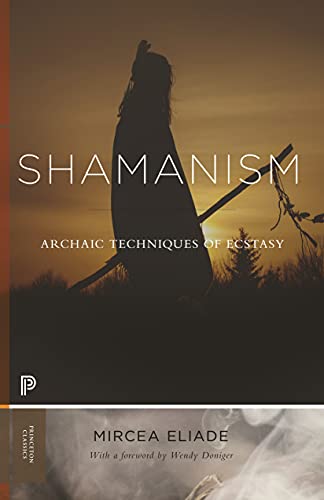
How can we determine that any particular indigenous belief belongs to the category of shamanism? Scholars before Eliade saw shamanism as a regional cultural phenomenon in Siberia, North America, and its adjacent regions. After Eliade proposed his trance theory, it became a defining criterion for shamanism. Although current academics have other points of view about this theory, it still undeniably inspired many scholars at that time. According to this criterion, the shamanic phenomenon can be found in most parts of the world and it is, therefore, a global phenomenon. Eliade also introduced the concept of “substratum”, maintaining that shamanism, which is widespread in Asia and America, originated from the substratum of the Palaeolithic cultures of Asia and Europe. Whether shamanism actually existed since Palaeolithic, is still a major point of discussion by present-day researchers. But, at least, based on evidence such as the deer stone at Ushkin User (Fitzhugh 2009) and deer-bovine at Kalbak-Tash (Jacobson 1992), we may be able to track the history of shamanism back to the bronze age.
As the world has become more and more interconnected, the study of shamanism has spread to other regions beyond Siberia. The American anthropologist Peter T. Furst further proposed an “Asian-American shamanism” model based on Eliade’s substratum theory. In his view, there are many commonalities between Asian and American shamanic forms, both in general and in specific characteristics. The main commonalities include body deformation and transformation, the three-level universe, the “axis mundi” that connects the different levels of the universe, trance during the ritual practice, animal spirit as the helper, and the use of hallucinogenic drugs (Furst 1973/1974). In short, shamanism can be applied to customs that are thought to have arisen independently in different parts of the world (Lewis 1971).

Source: https://commons.wikimedia.org/wiki/File:Eduardo_Viveiros_de_Castro_-_Campinas_10.10.2008_(3345064348).jpg This file is licensed under the Creative Commons Attribution 2.0 Generic license.
More recently the research of Eduardo Viveiros de Castro on Shamanism in the Amazonian region has garnered a lot of attention. In one article of his from 2004, he especially noted the non-differentiation between humans and animals, as described in mythology. Many “natural” species or entities were originally human. Many animal species as well as non-human beings, are supposed to have a spiritual component that qualifies them as “people”. The physical form of each species is a shield that conceals an internal humanoid form, usually only visible to the particular species or of “trans-specific” beings such as shamans. This internal form is the soul or spirit of the animal. Besides the relationship between humans and animals, he also mentioned the relationship between humans and nature. For example, cultivated plants may be conceived as blood relatives of the women who tend them, or game animals may be approached by hunters as family members. Shamans can treat animals and other non-human being creatures as either supporters or an enemy (Viveiros de Castro 2004, 463-484).
These non-human spirits and their forms, names, and numbers differ from region to region. However, it is generally through that these spirits would protect the shamans during their trances and act as a “messenger” which speaks through the shaman’s voices and brings the god’s answer (Eliade 1989, 89). Jacobson also mentioned in his article that shamans may be given protection and power through implements and clothing formulated in terms of bodies and powers of sacred animals. “The shamans did not only assume the powers of animal helpers during a shamanic ritual but also became that animal and were reborn into its body and knowledge (Jacobson 1992).”
There is an integral element that regularly appears in cultures in which shamanism plays a role and, that is, of course, the shaman. So, who are the shamans and what role do they play in shamanic practices of daily life and society? And what specific gender do they belong to? Is there only one shaman, or are there many different types of shamans? In my next blog, I will focus on shamans in some typical shamanic cultures, namely in North and Northeast Asia, America, and North Europe.
Bibliography
Eduardo Viveiros de Castro. 2004. Exchanging Perspectives: The Transformation of Objects into Subjects in Amerindian Ontologies. In: Common Knowledge. Duke University Press. Pp. 463-484.
Eliade, Mircea. 1989. Shamanism: Archaic Techniques of Ecstasy. Arkana.
Fitzhugh, William W. 2009. Stone Shamans and Flying Deer of Northern Mongolia: Deer Goddess of Siberia or Chimera of the Steppe. In: Arctic Anthropology, Vol. 46, No. 1/2. University of Wisconsin Press. Pp. 72-88.
Jacobson, Esther. 1992. In Search of the Animal Mother: Pre-Shamanic, Shamanic, and Mythic Tradition. In: The Deer Goddess of Ancient Siberia. Brill. Pp. 171 – 213.
Lewis, I. M. 1971. Ecstatic Religion: An Anthropological Study of Spirit Possession and Shamanism. Harmondsworth: Penguin.
Narby, Jeremy; Huxley, Francis. 2001. Shamans Through Time: 500 Years on the Path to Knowledge. Tarcher/Putnam.
Peter, T. Furst. 1973/1974. The Root and Continuities of Shamanism. In: Stones, Bones, and Skin: Ritual and shamanic art. Society for Art Publications.
Tomaskova, Silvia. 2013. Wayward Shamans: The Prehistory of an Idea. University of California Press. Pp. 79-113.
